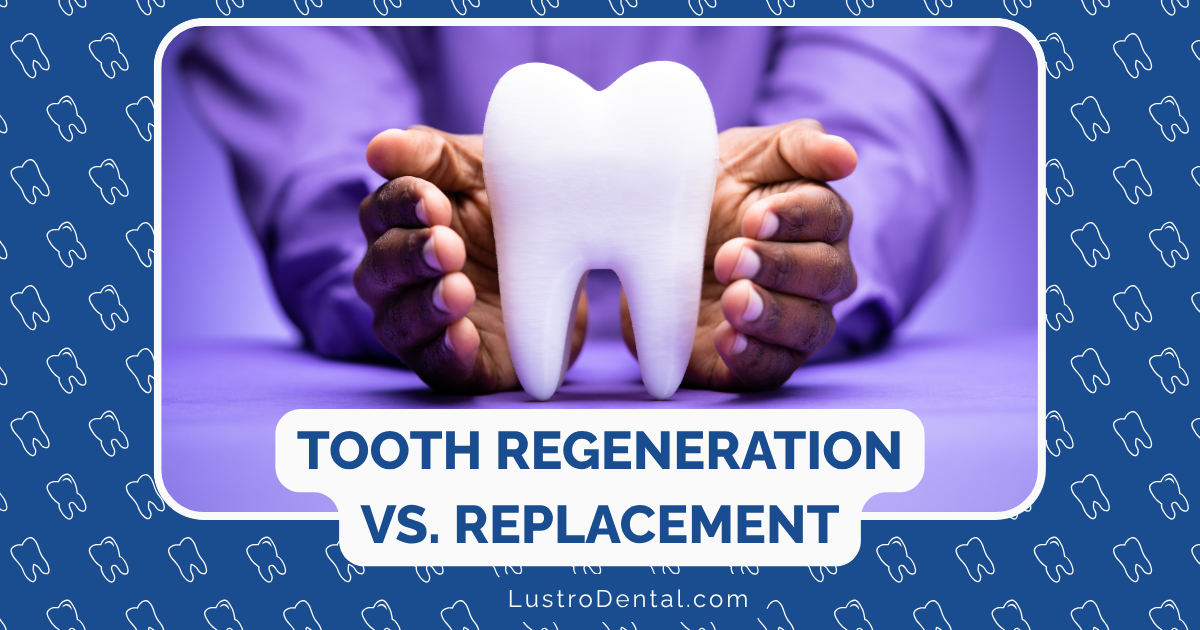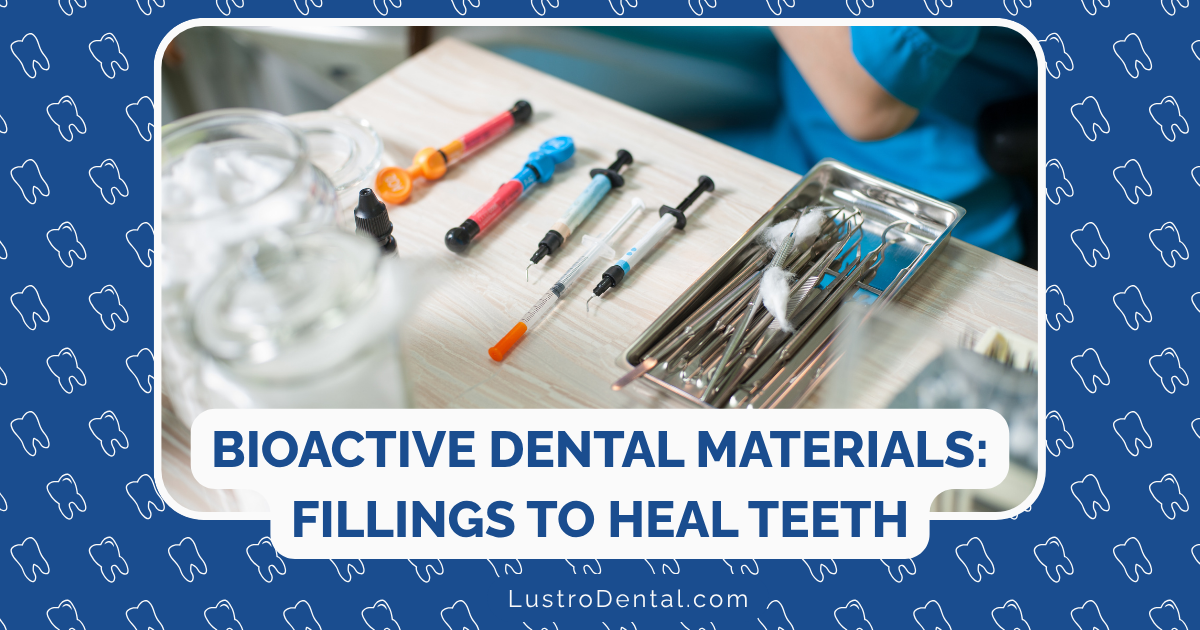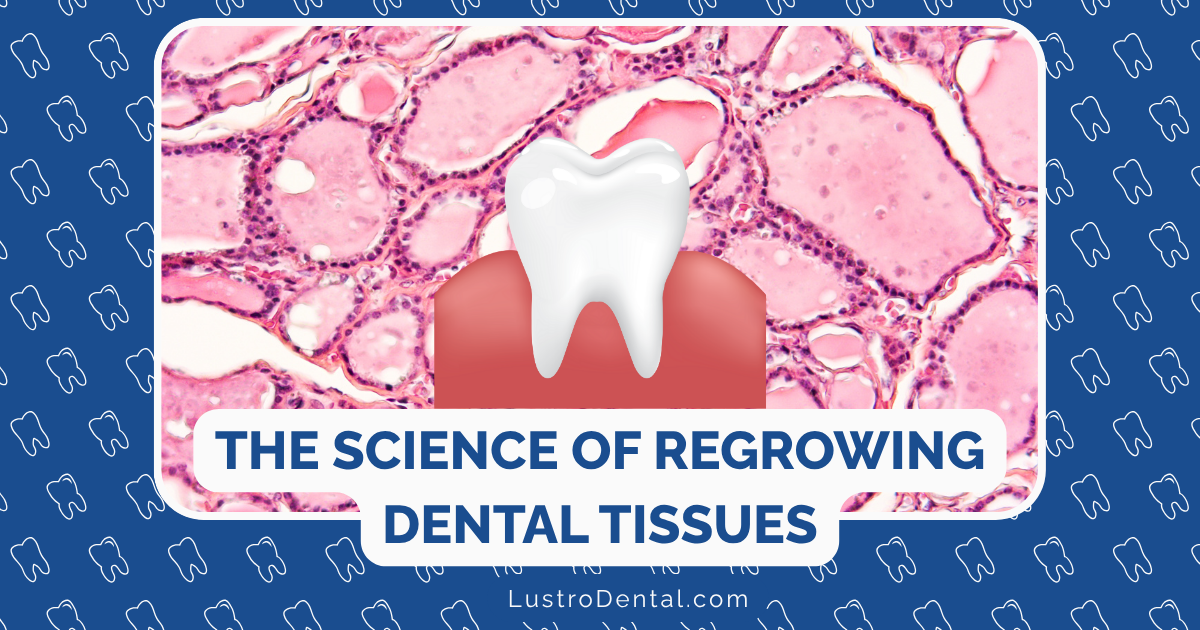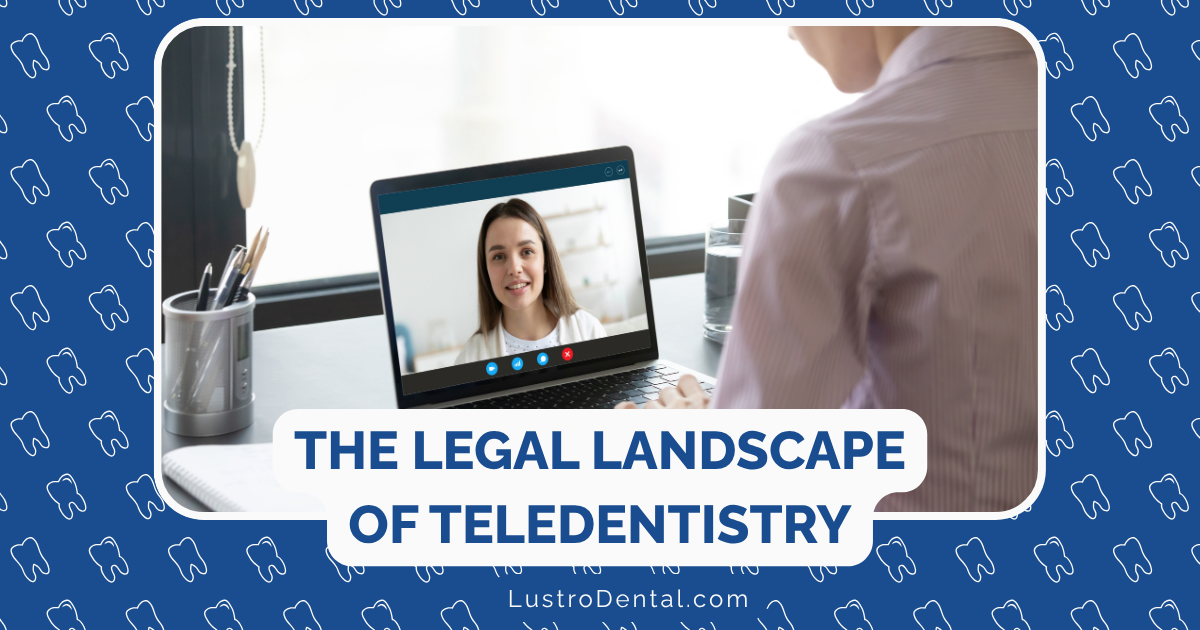Teledentistry Triage: Getting Expert Advice Before an Emergency Visit

A throbbing toothache strikes at midnight. A crown pops off during a weekend getaway. A child’s braces break during a holiday. Dental emergencies rarely happen during convenient office hours, leaving patients to make difficult decisions: Is this serious enough for an emergency dental visit? Can it wait until morning? Should I go to the emergency room?
These questions have traditionally been answered through anxious Google searches or frantic phone calls to after-hours dental lines. However, teledentistry—the use of electronic and telecommunications technologies to provide dental care remotely—is transforming how these situations are handled. Through virtual triage, patients can now receive expert guidance before deciding whether an immediate emergency visit is necessary.
Understanding Teledentistry Triage
Teledentistry triage refers to the process of remotely assessing dental concerns to determine their urgency and appropriate next steps. This approach serves as a virtual front door to dental care, helping patients make informed decisions about their immediate needs.
Dr. Sarah Johnson, a dentist who implemented teledentistry triage in her practice, explains: “Virtual triage allows us to see patients quickly, assess their situation, provide immediate pain management advice, and determine if they need to be seen in person right away or if their condition can be temporarily managed until regular office hours.”
How Teledentistry Triage Works
The typical process follows several steps:
- Initial Contact: The patient reaches out through a teledentistry platform, app, or dedicated emergency line offering virtual consultations.
- Virtual Consultation: Using video conferencing, the patient connects with a dental professional who can visually examine the area of concern.
- Guided Assessment: The dentist asks specific questions and may request that the patient perform simple self-examination techniques.
- Preliminary Diagnosis: Based on visual examination and reported symptoms, the dentist provides an initial assessment.
- Triage Decision: The dentist determines whether:
- Immediate in-person emergency care is needed
- The issue can be temporarily managed at home with guidance
- The condition can wait for a regular appointment
- Action Plan: Specific instructions are provided, which may include pain management, temporary self-care measures, prescriptions if necessary, and scheduling for follow-up care.
Types of Dental Emergencies That Can Be Triaged Virtually
While some dental emergencies clearly require immediate in-person care, many situations benefit from initial virtual assessment:
Pain and Swelling
Dental pain and swelling can result from various conditions with different urgency levels:
- Abscess or Infection: Signs of severe infection like facial swelling, fever, or difficulty swallowing require immediate attention, but initial assessment can help expedite appropriate care.
- Post-Procedure Pain: Discomfort following dental procedures can often be managed with guidance on medication and home care.
- Pulpitis (Inflammation of the Pulp): Early-stage pulpitis may be temporarily managed with pain medication before definitive treatment.
Research published in the Journal of the American Dental Association found that approximately 65% of dental pain cases initially assessed through teledentistry could be appropriately managed until the next available regular appointment, avoiding unnecessary emergency visits.
Trauma and Structural Issues
Dental injuries and structural problems vary widely in urgency:
- Knocked-Out Tooth (Avulsion): While this requires immediate in-person care, virtual triage can provide critical guidance on proper handling of the tooth while en route to the dentist.
- Chipped or Fractured Teeth: The severity and appropriate response can be initially assessed virtually.
- Lost Fillings, Crowns, or Bridges: Many cases can be temporarily managed with guidance on over-the-counter products.
- Broken Orthodontic Appliances: Virtual assessment can determine if immediate repair is needed or if temporary measures will suffice.
Soft Tissue Concerns
Issues affecting the gums, cheeks, tongue, or other soft tissues:
- Gingival Abscess: Early assessment can determine if antibiotics should be prescribed before in-person treatment.
- Ulcerations or Lesions: Virtual examination can help assess severity and urgency.
- Post-Surgical Complications: Many post-operative concerns can be initially evaluated through video consultation.
Dr. Michael Chen, an emergency dental care specialist, notes: “What’s particularly valuable about virtual triage is that we can often distinguish between true emergencies and urgent but non-emergency situations. This helps patients get the right level of care at the right time.”
Benefits of Teledentistry Triage
The implementation of virtual triage offers significant advantages for both patients and dental providers:
Patient Benefits
Immediate Access to Professional Advice
- Reduced Anxiety: Expert guidance during a dental emergency provides reassurance.
- 24/7 Availability: Many teledentistry services offer round-the-clock access to dental professionals.
- Informed Decision-Making: Professional assessment helps patients make appropriate care decisions.
Convenience and Cost Savings
- Avoided Unnecessary Visits: Virtual triage prevents emergency visits for conditions that can be managed at home.
- Reduced ER Utilization: Appropriate dental triage keeps patients out of emergency rooms for non-life-threatening dental issues.
- Time Efficiency: No travel or waiting room time for initial assessment.
A study in the Journal of Telemedicine and Telecare found that teledentistry triage reduced emergency dental visits by 28% and emergency room visits for dental problems by 32%, representing significant cost savings for both patients and the healthcare system.
Better Preparation for In-Person Care
- Pre-Visit Guidance: When in-person care is needed, patients receive instructions to prepare for their visit.
- Expedited Treatment: The dental team can prepare based on the virtual assessment, potentially reducing in-office time.
- Appropriate Facility Direction: Guidance on whether to seek care at a dental office, urgent care center, or emergency room.
Provider Benefits
Optimized Emergency Care
- Prioritized Scheduling: True emergencies can be identified and scheduled accordingly.
- Preparation for Treatment: Providers can prepare necessary equipment and materials based on pre-assessment.
- Resource Allocation: Staff and facility resources can be used more efficiently.
Practice Management Advantages
- Reduced Schedule Disruptions: Non-emergencies can be scheduled during regular hours.
- Expanded Service Offering: Teledentistry triage enhances the practice’s care model.
- Patient Loyalty: Providing emergency guidance strengthens the dentist-patient relationship.
Dr. Lisa Rodriguez, who researches dental care delivery models, explains: “Teledentistry triage represents a win-win approach. Patients get timely guidance during stressful situations, while practices can provide more responsive care without completely disrupting their schedules for non-emergencies.”
The Teledentistry Triage Experience: What to Expect
For patients considering teledentistry triage, understanding the typical experience helps set appropriate expectations:
Before the Consultation
Preparation enhances the effectiveness of virtual assessment:
- Technology Setup: Ensure your device (smartphone, tablet, or computer) has a working camera, microphone, and stable internet connection.
- Lighting and Positioning: Arrange good lighting that allows clear visualization of the mouth.
- Information Gathering: Be prepared to share:
- When the problem started
- Pain level (on a scale of 1-10)
- Any self-treatment attempted
- Medical history and current medications
- History of the affected tooth/area
During the Consultation
The virtual visit typically includes:
- Visual Examination: The dentist will ask you to show the affected area from different angles.
- Guided Self-Examination: You may be asked to perform simple tests, such as:
- Tapping on specific teeth to check for sensitivity
- Applying light pressure to assess pain response
- Checking for mobility of teeth
- Examining for swelling or discoloration
- Discussion of Symptoms: Detailed questions about pain patterns, triggers, and associated symptoms.
- Assessment and Recommendations: The dentist will explain their findings and recommend next steps.
James, a patient who used teledentistry triage when his crown dislodged during a business trip, shares his experience: “The virtual consultation was surprisingly thorough. The dentist walked me through examining the tooth and surrounding area, then recommended a temporary cement I could purchase at a local pharmacy. This got me through the rest of my trip comfortably until I could see my regular dentist.”
After the Consultation
Follow-up actions typically include:
- Documentation: You’ll often receive written instructions via email or through the teledentistry platform.
- Prescription Management: If medications are prescribed, these may be sent electronically to your pharmacy.
- Scheduling: Arrangements for in-person follow-up if needed.
- Monitoring Guidance: Instructions on warning signs that would necessitate immediate care.
Limitations of Virtual Dental Triage
While teledentistry triage offers significant benefits, it’s important to understand its limitations:
Diagnostic Constraints
Virtual assessment cannot completely replace in-person examination:
- Limited Visualization: Some areas of the mouth are difficult to examine via video.
- No Tactile Examination: The dentist cannot physically probe or test tissues.
- No Radiographic Assessment: X-rays cannot be taken remotely to confirm diagnoses.
Technical Challenges
Technology-related issues can impact effectiveness:
- Connection Problems: Poor internet connectivity may affect consultation quality.
- Image Quality Limitations: Consumer cameras may not provide sufficient detail for subtle findings.
- Technical Difficulties: Not all patients are comfortable with the technology required.
Regulatory Considerations
Legal and regulatory factors may affect availability:
- State Regulations: Teledentistry regulations vary by state, affecting what services can be provided.
- Insurance Coverage: Reimbursement for teledentistry services varies by insurer and plan.
- Prescribing Limitations: Regulations may restrict prescribing capabilities for virtual consultations.
The American Dental Association emphasizes that while teledentistry is a valuable tool for triage and initial assessment, it should complement rather than replace comprehensive in-person dental care.
When Virtual Triage Is Not Enough: Red Flags
Certain symptoms indicate the need for immediate in-person care, regardless of virtual assessment:
- Severe Swelling: Especially if affecting the eye, neck, or compromising breathing or swallowing
- Uncontrolled Bleeding: Bleeding that doesn’t stop with pressure
- Severe Trauma: Significant facial or dental injuries
- Signs of Serious Infection: High fever, extreme pain, or spreading redness
- Difficulty Breathing or Swallowing: These can indicate a serious emergency
Dr. Robert Thompson, an oral and maxillofacial surgeon, cautions: “While teledentistry triage is incredibly valuable, patients should understand that certain symptoms represent true emergencies requiring immediate in-person care. When in doubt about severe symptoms, err on the side of caution and seek direct emergency care.”
Accessing Teledentistry Triage Services
Several options exist for accessing virtual dental triage:
Through Your Regular Dental Provider
Many dental practices now offer teledentistry options:
- Practice-Specific Platforms: Some dentists use dedicated teledentistry systems integrated with their practice management software.
- After-Hours Services: Emergency lines that include virtual triage options.
- Patient Portals: Secure messaging and video consultation through existing patient portals.
Dedicated Teledentistry Services
Independent platforms specializing in virtual dental care:
- Subscription Services: Membership-based teledentistry platforms providing 24/7 access.
- On-Demand Providers: Services offering immediate connection to available dental professionals.
- Insurance-Affiliated Programs: Teledentistry options provided through dental insurance networks.
Integrated Healthcare Platforms
Broader telehealth services that include dental care:
- Multi-Specialty Telehealth: Platforms offering various healthcare services including dentistry.
- Hospital-Affiliated Programs: Emergency department alternatives that include dental triage.
- Employer-Provided Benefits: Telehealth services offered through workplace benefits programs.
The Future of Emergency Dental Triage
As technology evolves, several trends are shaping the future of teledentistry triage:
AI-Enhanced Assessment
Artificial intelligence is beginning to support triage decisions:
- Automated Pre-Screening: AI algorithms that help categorize cases before professional review.
- Image Analysis: Computer vision that can identify potential issues from submitted photos.
- Predictive Triage: Systems that learn from outcomes to improve triage accuracy.
Integration with Emergency Medical Services
Closer coordination between dental and medical emergency systems:
- ER-Dental Connections: Direct teledentistry consultation available in emergency rooms.
- Paramedic Coordination: First responders equipped with tools to facilitate dental telemedicine.
- Unified Emergency Platforms: Integrated systems handling both medical and dental emergencies.
Enhanced Remote Diagnostic Tools
New technologies improving remote assessment capabilities:
- Specialized Intraoral Cameras: Consumer-friendly devices providing higher-quality imaging.
- Remote Monitoring Devices: Tools that can measure temperature, pressure, or other diagnostic indicators.
- Augmented Reality Guidance: Systems helping patients perform more sophisticated self-examination.
Conclusion: A New Approach to Dental Emergencies
Teledentistry triage represents a significant advancement in emergency dental care—one that benefits patients through immediate access to expert guidance while helping dental professionals provide more responsive and efficient emergency services.
By serving as a virtual front door to urgent dental care, teledentistry triage helps ensure that patients receive the right level of care at the right time. True emergencies are identified and expedited, while less urgent concerns can be appropriately managed without unnecessary emergency visits.
For patients, the key takeaway is that expert dental advice is increasingly available when emergencies strike, regardless of time or location. This accessibility not only provides peace of mind during stressful dental situations but also leads to better decisions about when and where to seek in-person care.
As Dr. Emily Martinez, Director of the Telehealth Dental Institute, summarizes: “Teledentistry triage doesn’t replace emergency dental care—it enhances it by ensuring patients get the right guidance at the moment they need it most. That’s transformative for both dental emergency management and patient experience.”
Have you ever used teledentistry for a dental emergency? Share your experience in the comments below!







